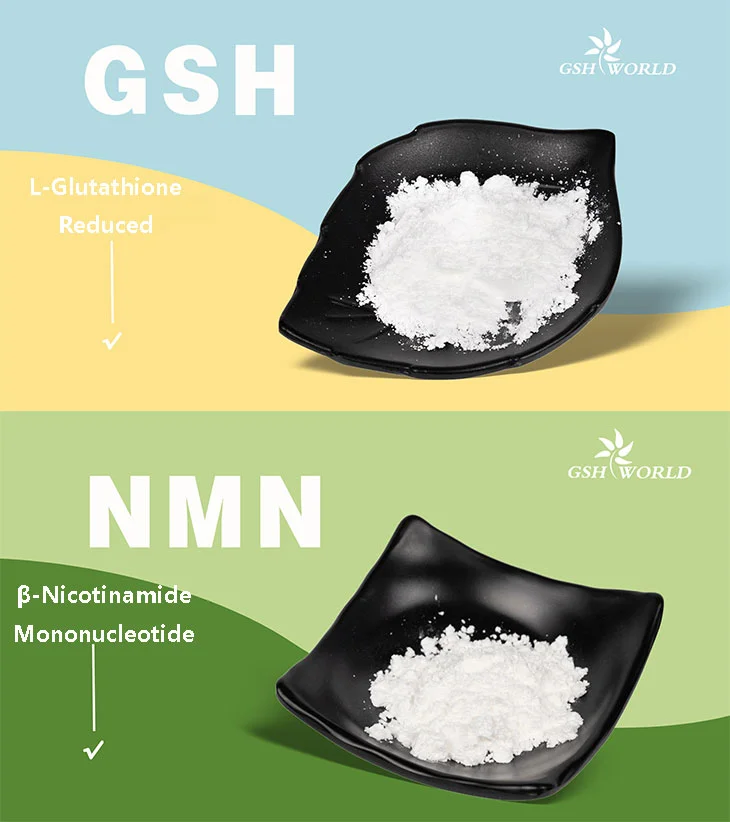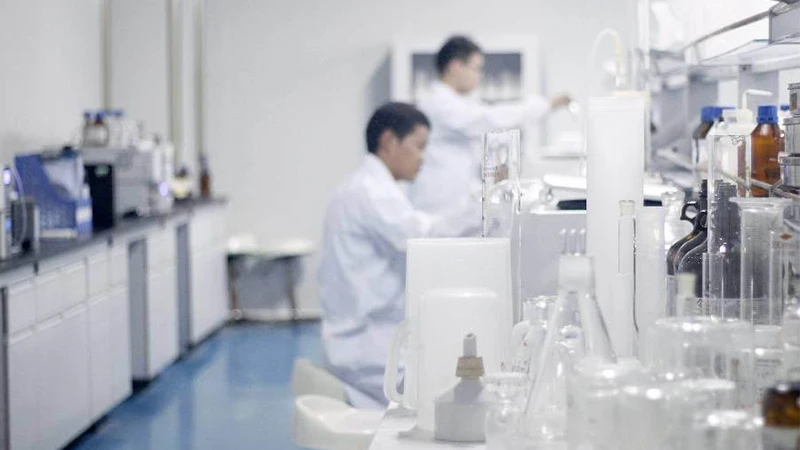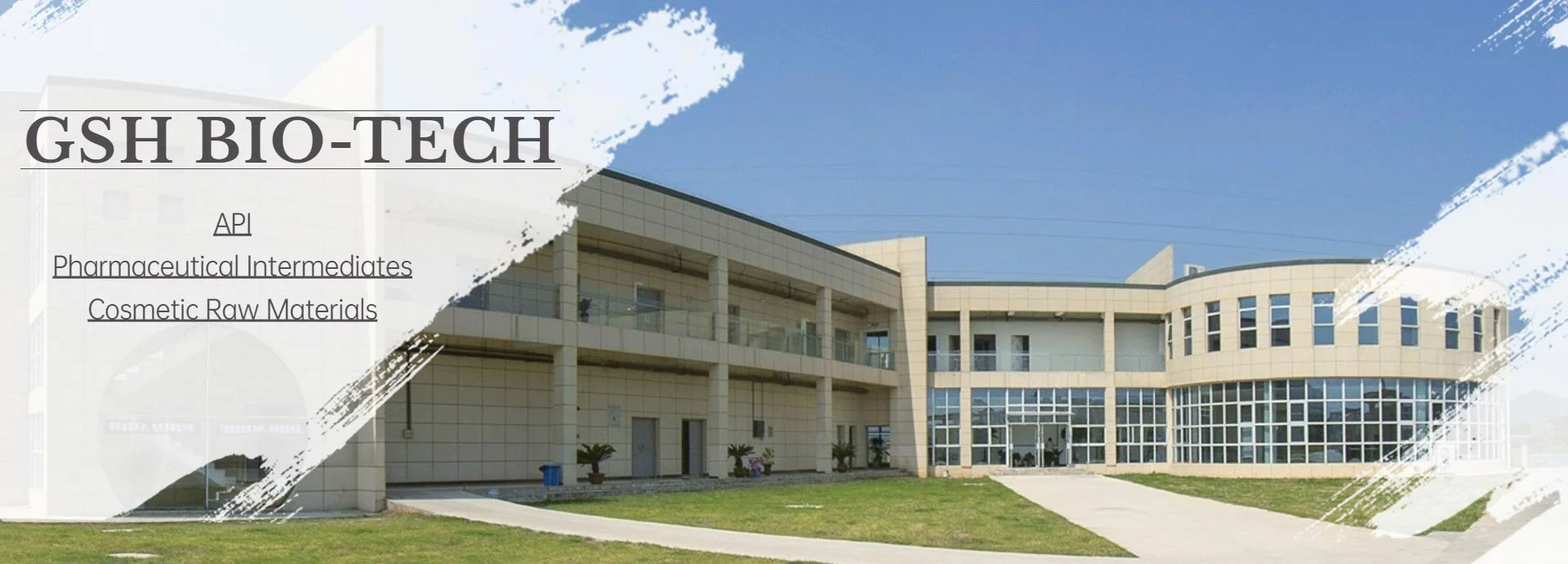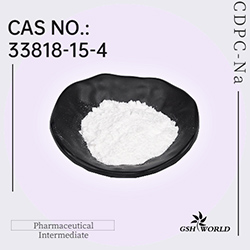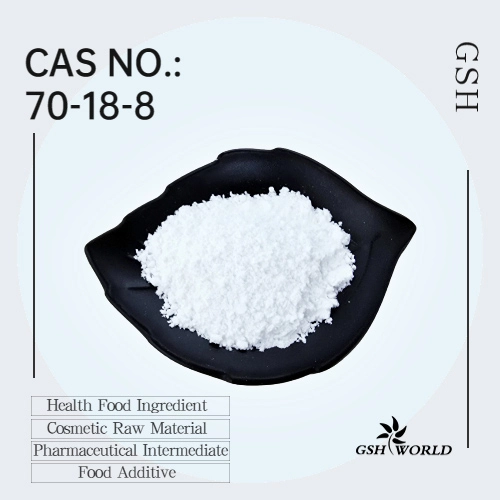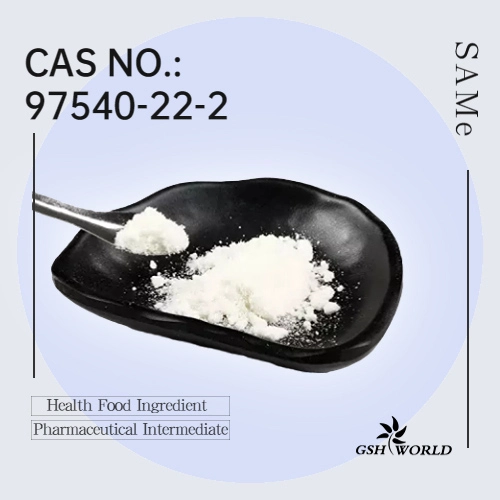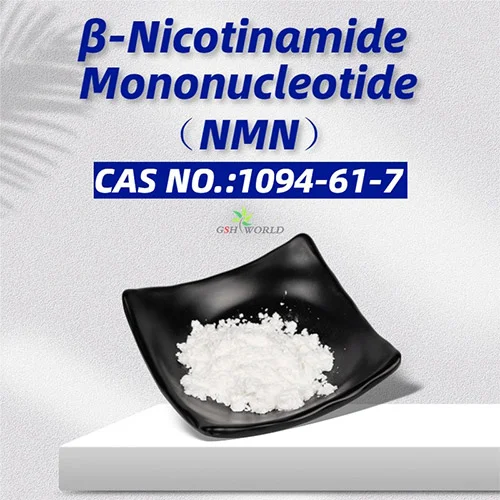Citicoline Sodium and Nervous System Related Diseases
Citicoline Sodium is the sodium salt form of citicoline, an endogenous nucleoside naturally produced in the body, and an intermediate in the main pathway of cell membrane phospholipid biosynthesis. The protection and repair of nerve cell membranes require a large amount of citicoline, which can protect neurons through active and passive pathways.
Citicoline is an intermediate product of phosphatidylcholine biosynthesis. After cerebral ischemia, citicoline increases the stability of cell membranes, increases glutathione levels, inhibits phospholipid hydrolysis and arachidonic acid production, thereby limiting generation of oxygen free radicals and lipid peroxides. At the same time, the drug can also increase the blood flow of the brain, promote the energy metabolism of the brain, improve cerebral circulation, and thus play a neuroprotective role. The drug has a positive effect on a variety of central nervous system injury models and neurodegenerative diseases, facial neuritis, sudden deafness, hyperemesis gravidarum, and young amblyopia.
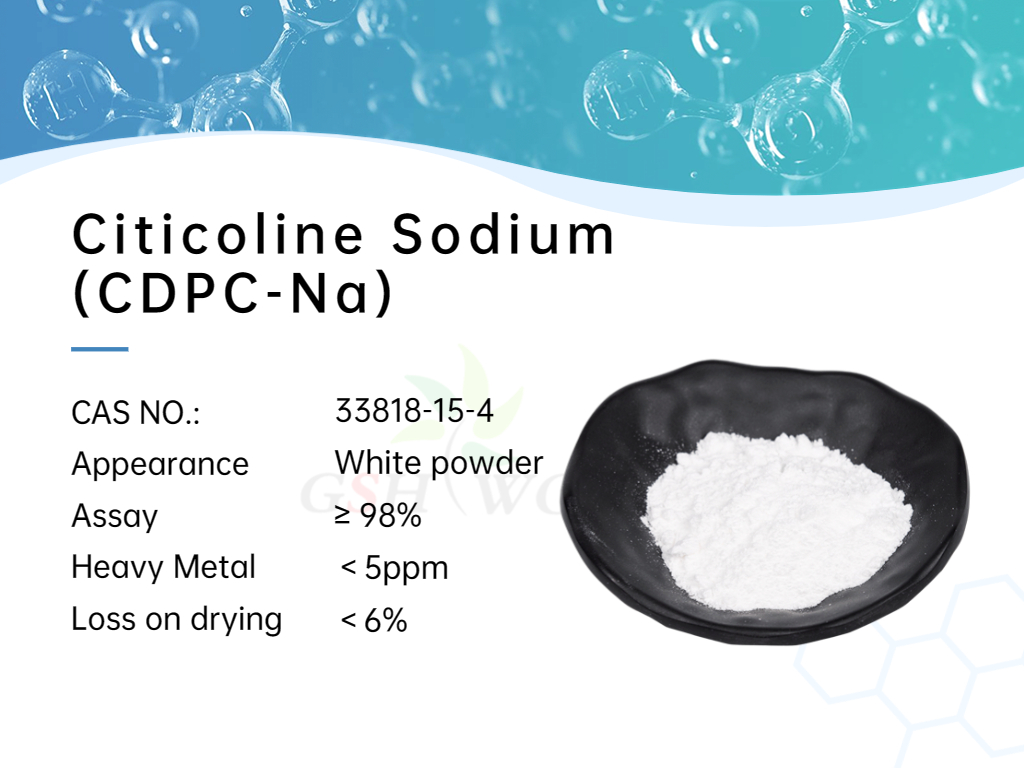
What are the indications for Citicoline Sodium? How to play a therapeutic role?
Citicoline sodium is used in ischemic and hemorrhagic stroke and its sequelae, brain trauma sequelae, cognitive impairment, ischemic hypoxic encephalopathy, optic atrophy and other diseases, among which the most widely used in cerebral infarction, cerebral Cognitive impairment caused by cerebrovascular diseases such as hemorrhage - vascular dementia.
The antioxidant component citicoline contained in it can effectively reduce vascular resistance and improve vascular function. The pharmacological effects are mainly divided into three parts: protecting the lipid structure of the cell membrane; stimulating the neurotransmitter system; promoting the energy metabolism of brain tissue.
Other nervous system-related disorders:
1. Facial neuritis
Citicoline and diacylglycerol are catalyzed by enzymes to generate phosphatidylcholine, which forms a bilayer lipid membrane. When the nerve cell membrane is damaged, exogenous citicoline continuously replenishes raw materials to synthesize phosphatidylcholine, which can repair the nerve cell membrane, prevent peripheral nerve cell apoptosis, promote peripheral nerve regeneration, and then improve the pathological damage of the facial nerve to achieve the purpose of treatment.
2. Hyperemesis gravidarum
Hyperemesis gravidarum is a syndrome of varying degrees of nausea and vomiting during pregnancy, with an incidence of about 0.4%, and about 10% of nausea and vomiting are complicated by Wernicck encephalopathy. The excitability of the cerebral cortex is reduced, and the inhibition process of the subcortical center is weakened, resulting in autonomic dysfunction. Citicoline can reduce cerebrovascular resistance and promote the recovery of brain function, which may be related to its effect on the medullary vomiting center and chemoreceptor trigger zone nerve cells.
3. Early curative effect of amblyopia at young age
Citicoline is an endogenous molecule, which is a specific intermediary for the synthesis of phosphatidylcholine and a cell membrane structure phospholipid, which can adjust the conversion rate of catecholamine and serotonin, especially in the substantia nigra-striatum dopamine system Stimulates dopamine metabolism, thereby increasing norepinephrine and dopamine levels in the central nervous system. Many aspects of vision are affected by dopamine, including vision, contrast sensitivity, etc. In addition, citicoline can restore the activity of mitochondrial ATPase and Na/K-ATPase, and inhibit the activity of phospholipase A2. By lowering the response threshold of the visual system, the synaptic connections that were not activated before can be activated to restore their functions, thereby improving visual function.
4. Sudden deafness
At present, it is believed that the main cause of sudden deafness is inner ear blood circulation disorder. Vasospasm, edema, hemorrhage, red blood cell agglutination and insufficient blood supply to the inner ear caused by any reason can cause tissue hypoxia and metabolic disorders, and damage the peripheral receptors of the inner ear. . Citicoline sodium contains neurotrophic substances that promote the recovery of nerve function, stimulates the growth of sympathetic nerve cells, promotes the repair of nerve cells, reduces cerebral vascular resistance, increases cerebral blood flow, and increases blood supply at the lesion.
*Special note - This article is for informational purposes only and cannot replace a doctor's treatment diagnosis and advice. It should not be regarded as a recommendation or proof of efficacy of the medical products involved. If it involves disease diagnosis, treatment, and rehabilitation, please be sure to go to a professional medical institution to seek professional advice.
by GSHWORLD
GSHWORLD is China Biological API Manufacturer. China Citicoline Sodium Supplements powder suppliers & best Citicoline Sodium benefits raw material Factory.


